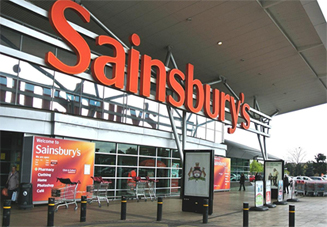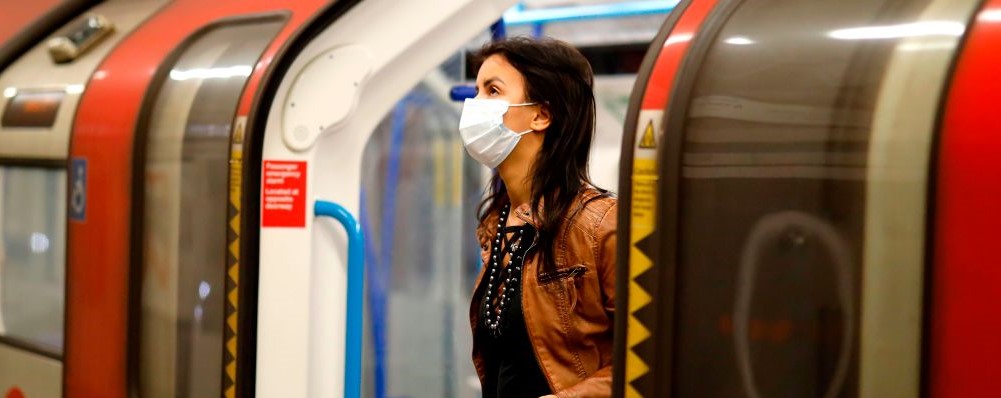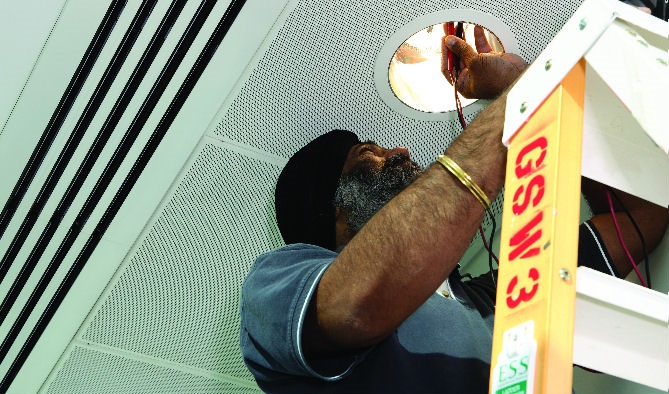‘No-go zone’
London cabbies have sounded the alarm over gang-related attacks in Lisson Grove, an area in the capital that many taxi drivers have described as a â€no-go zone’.
While Lisson Grove, a main route into Paddington and Marylebone, has had cab drivers worried for their safety for several years, social media reports of robberies and attacks specifically targeting cab drivers in the area have skyrocketed in recent months.
The most recent known attack occurred last week (November 6) – it was reported that a taxi driver was surrounded by a group of 30 or 40 masked people who began throwing bottles, bricks and cones at his vehicle near the junction of Lisson Grove and Church Street.
Other incidents in Lisson Grove reported by cab drivers include being attacked by a fire extinguisher and being asked to get out of the car to help a disabled passenger, only to be robbed as soon as they get out of their cab.
Gang activity in Lisson Grove targeting cab drivers has become so pervasive that attackers have been dubbed the â€Lisson Grove Mob’.
BBC London News reported this morning (November 12) on the rising number of incidents involving cab drivers in Lisson Grove. The BBC highlighted that in the last month alone, police have received more than a thousand calls about â€anti-social behaviour’ targeting cab drivers around the capital.
Unite Cab Section rep Peter Rose said while he hasn’t spoken directly to any cab drivers who have been victims of Lisson Grove attacks, he said social media and news reports were “very worrying”.
“Our advice to cab drivers and passengers alike is to be careful – safety always comes first,” he said. “We never want to refuse to go to a specific area, but without adequate protections, avoiding certain areas may become the only choice.”
Rose added that what’s happening in Lisson Grove is, like the increase in knife attacks in the capital, a direct outcome of austerity.
“It is no coincidence that cuts in police numbers over the last few years have occurred in precise lockstep with rising crime rates,” he said. “We need a properly funded police force. Central government cuts are starving this city of the resources it needs to protect its residents.”
Earlier this year, new figures suggested that London has been hit hardest by cuts to police budgets nationally. In 2010, when the Tory government first began its austerity cuts, there were 4.1 police officers for every 1,000 Londoners – in 2016/17 this figure would decrease to just 3.3.
The total spend on policing in London was £423 per person in 2012/13, down to £337 in 2016/17 – a 20 per cent fall in funding compared to only 6 per cent nationally.
News of the rising number of incidents in Lisson Grove comes as ex-Metropolitan police chief Lord Blair highlighted the link between police cuts and rising crime rates.
“One of the things that a statistician always looks for is to see whether a change in behaviour is a coincidence or whether there is causation,” Lord Blair told the Observer at the weekend. “It does seem odd that the cut in budget for policing by 20 per cent coincides with a significant rise in crimes of all sorts. Is it coincidence or is it causation?”
 Like
Like Follow
Follow


